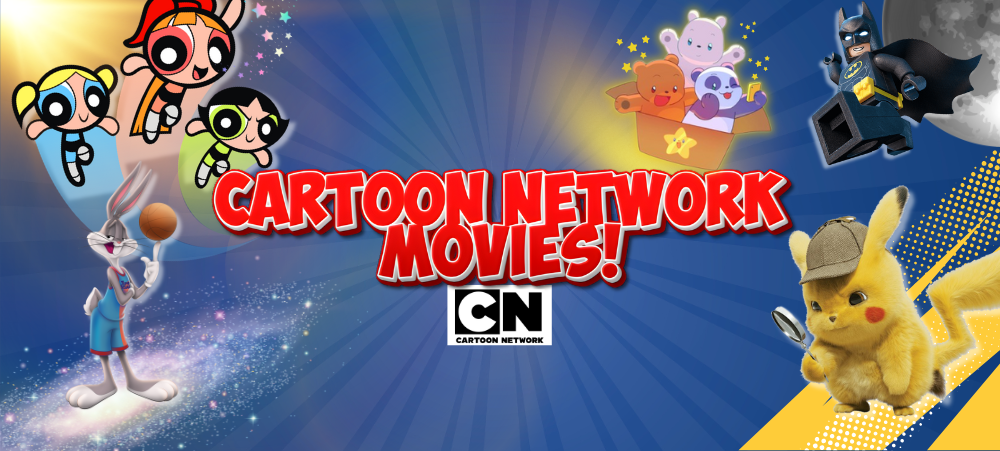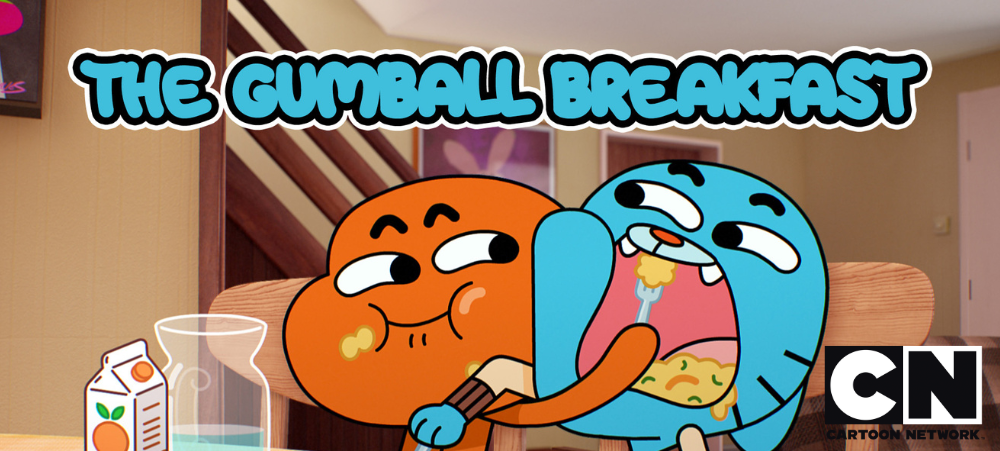
Educ8 SA: How the Education System Is Changing for the Better
Education is often described as the great equaliser — the tool that gives every child, regardless of background, a fair chance at a brighter future. Yet, for decades, traditional education systems have struggled to live up to that promise. Overcrowded classrooms, rigid curricula, under-resourced teachers, and outdated assessment methods have left millions of students behind, especially in developing regions where inequality is most pronounced. But the tide is turning. Around the world, education is evolving — and not just in form, but in philosophy. The future of learning is no longer about rote memorisation or standardised testing; it’s about nurturing creativity, adaptability, emotional intelligence, and real-world problem solving. The education system, once resistant to change, is now in the midst of one of its most exciting transformations in history. 1. Personalised Learning Is Replacing One-Size-Fits-All Every child learns differently. Some thrive through visual learning, others through hands-on experimentation, and still others through discussion or movement. For much of modern education, this individuality was ignored in favour of uniform instruction — but today’s technologies and pedagogical advances are changing that. Artificial intelligence, adaptive learning platforms, and project-based curriculums are allowing teachers to tailor learning experiences to each child’s strengths, pace, and passions. Instead of forcing students to fit into a rigid mould, education is now being shaped around them. In forward-thinking schools and home education platforms, personalised learning plans are helping students grasp complex topics at their own speed while encouraging deeper understanding. Learners who once struggled to keep up are now flourishing when given the chance to learn differently — and that change is redefining what success looks like. 2. The Rise of Hybrid and Home-Based Learning The COVID-19 pandemic accelerated the shift toward flexible learning like nothing before. When schools around the world closed, families and educators were forced to reimagine how learning could happen beyond classroom walls. What began as a crisis response soon revealed something profound — children can thrive outside traditional school systems when given structure, support, and freedom. Hybrid models, where students combine classroom time with home-based or online learning, are now seen as one of the most effective ways to balance academic rigor with emotional well-being. Home education, once considered unconventional, has grown exponentially — especially in countries like South Africa and Ghana, where parents are seeking safe, values-based, and quality alternatives for their children. Parents have discovered that learning at home or in smaller, flexible settings can create space for curiosity, family connection, and life skills — qualities that often get lost in the pressure of traditional schooling. Educational platforms like Educ8 SA, for example, are helping families navigate this shift by offering accredited programs, personalised tutor support, and community engagement that bridges the gap between home and formal education. 3. Digital Tools Are Creating Access and Opportunity Perhaps the most transformative change in education is how digital technology has democratised access. What was once a privilege of the few — quality learning materials, top-tier teachers, or global educational content — is now available to anyone with an internet connection. Online classrooms, open-source textbooks, and digital learning tools are empowering students from rural villages to global cities alike. Children in underserved communities can now watch world-class science demonstrations, join global discussions, and access university-level resources. For Africa in particular, this shift is revolutionary. Educational inequality — historically driven by limited infrastructure — is being challenged by mobile learning and affordable digital platforms. Governments, NGOs, and private innovators are collaborating to ensure connectivity and devices reach more learners, while educators are being trained to integrate technology meaningfully into lessons. The digital divide still exists, but the momentum toward inclusion is unmistakable. Technology, when used wisely, is not replacing teachers — it’s amplifying their reach and impact. 4. Emotional Intelligence and Soft Skills Take Center Stage The workforce of the future demands far more than academic knowledge. Employers are looking for problem solvers, collaborators, and creative thinkers — people who can communicate effectively, show empathy, and adapt to change. Modern education systems are finally reflecting this reality. Around the world, schools are placing greater emphasis on social-emotional learning (SEL), teaching children how to manage their emotions, build resilience, and work harmoniously with others. Lessons in empathy, community service, mindfulness, and teamwork are becoming core components of curricula. Educators are recognising that emotional well-being is not a “nice-to-have” — it’s essential to long-term success. A confident, emotionally aware learner is far more likely to thrive both academically and personally. 5. Skills for the Real World: From Coding to Creativity The global economy is changing fast, and education is catching up. No longer confined to textbooks, modern learning is increasingly focused on real-world application. Coding, entrepreneurship, environmental science, and design thinking are being introduced to students at younger ages. Children are encouraged to solve real community problems — to build apps, plant gardens, start mini-businesses, and engage in local sustainability projects. This shift from passive consumption to active creation helps learners see education not as something done to them, but as something for them. It instills purpose and agency, preparing them not only for jobs that exist today but for the ones that don’t yet exist. 6. Teachers as Mentors, Not Just Instructors In the traditional system, teachers were seen as the ultimate source of knowledge. But in today’s world — where information is available at the tap of a screen — the teacher’s role is evolving. Educators are now mentors, facilitators, and guides. Their mission is less about transferring facts and more about nurturing critical thinking, guiding curiosity, and building character. Many teachers are embracing this transformation wholeheartedly, using creative approaches to connect with their students and inspire a love for learning. Professional development programs and new education technologies are helping them adapt, ensuring they remain at the heart of the education revolution. 7. Inclusion, Equity, and Lifelong Learning Another encouraging change is the global movement toward inclusive education. Schools and learning institutions are becoming more aware of diverse learning needs — from neurodiversity to







